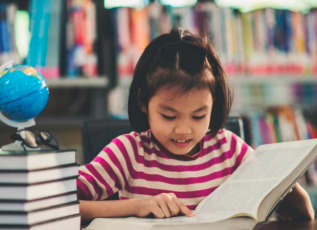Every child is unique, especially when it comes to how they learn. While one child may enjoy listening to stories, another might prefer building with blocks or drawing pictures. Recognizing these differences can help parents and educators support young learners in meaningful and effective ways. Understanding learning styles allows us to tailor activities that help children grow, explore, and feel confident in their learning journey.
What Are Learning Styles?
Learning styles refer to the different ways children absorb, process, and retain information. In early childhood, these styles are often observed through play, conversation, and classroom behavior. While no child fits neatly into one category, most show a preference for a particular approach:
-
Visual Learners enjoy looking at pictures, colors, and diagrams. They often benefit from charts, illustrated books, and visual aids.
-
Auditory Learners grasp information best through listening. They respond well to songs, storytelling, and verbal instructions.
-
Kinesthetic Learners learn by doing. They thrive during hands-on activities like crafts, building, or movement games.
Why Learning Styles Matter
Understanding a child’s preferred learning method can make a big difference in their educational experience. When activities match a child’s style, they are more likely to stay engaged and retain what they’ve learned. It also builds self-confidence, as children feel seen and supported in how they naturally connect with the world.
Creating a Nurturing Learning Environment
In both home and school settings, offering a variety of learning experiences is key. Here are a few tips for supporting different styles:
-
Provide a mix of books with illustrations, audio resources, and hands-on materials.
-
Use music and movement in learning routines to make lessons more dynamic.
-
Observe how each child responds to different activities and adjust accordingly.
-
Encourage curiosity by allowing children to explore topics in the way that excites them most.
Encouraging All-Around Growth
While honoring individual preferences is helpful, it’s also important to gently introduce children to other learning approaches. This helps them build a range of skills and become more flexible learners. For example, a kinesthetic learner can still benefit from engaging picture books, and an auditory learner might enjoy acting out a story.
Final Thoughts
Understanding learning styles is not about labeling children but about noticing how they naturally engage with the world. By providing diverse, nurturing experiences, we help young learners feel confident, capable, and excited to discover new things every day. When children feel supported in how they learn, they are more likely to enjoy the learning process—and that joy is a wonderful foundation for a lifelong love of education.


